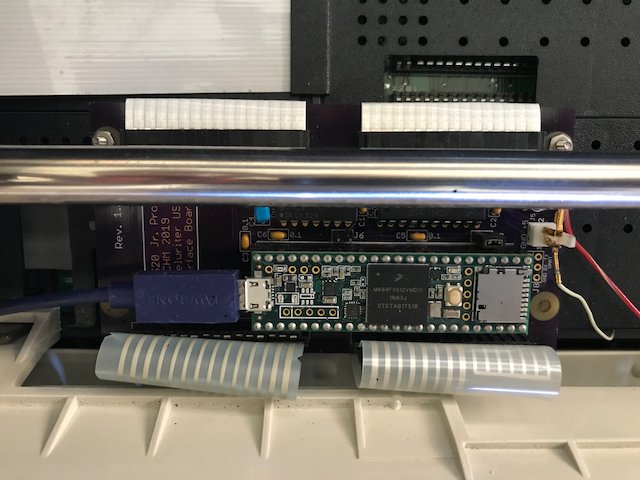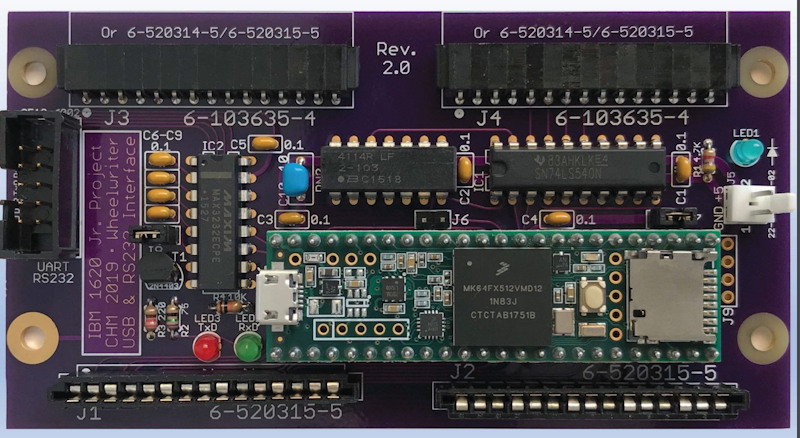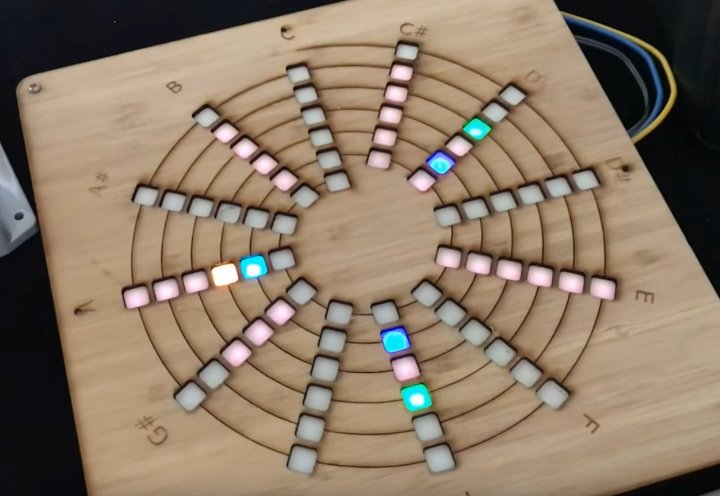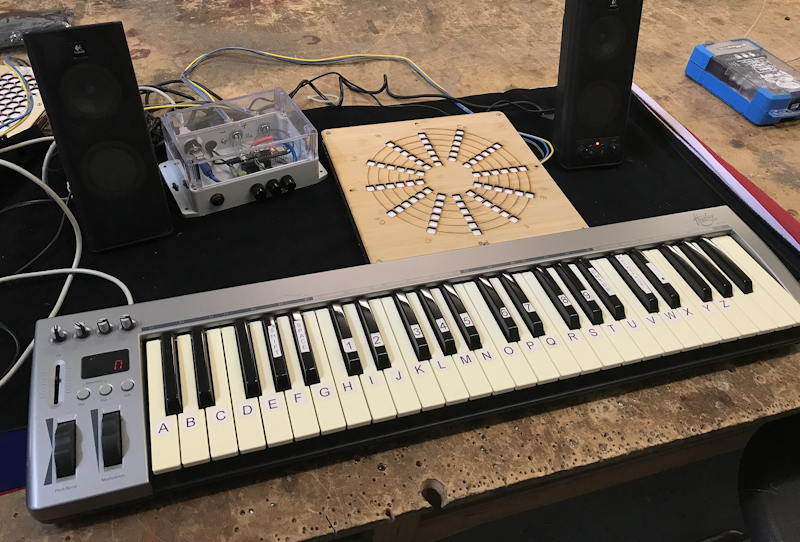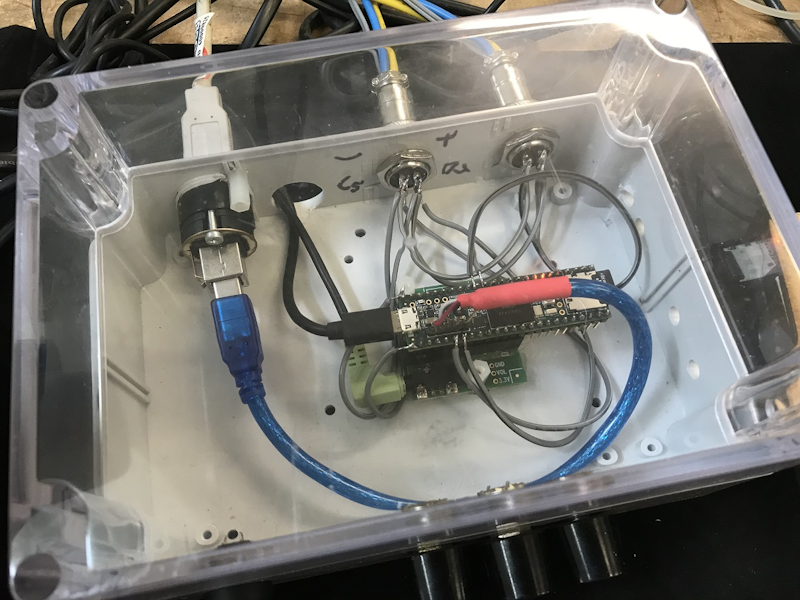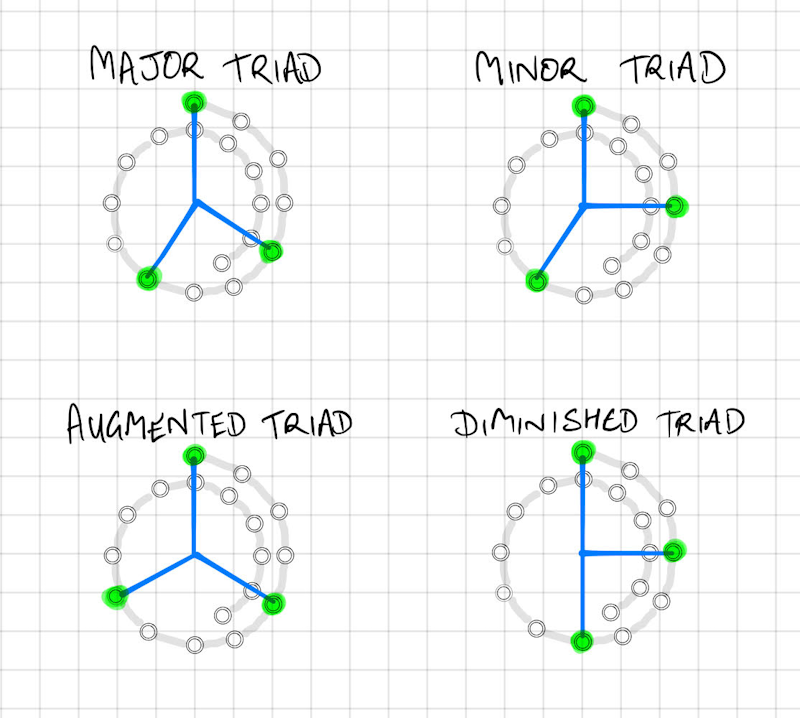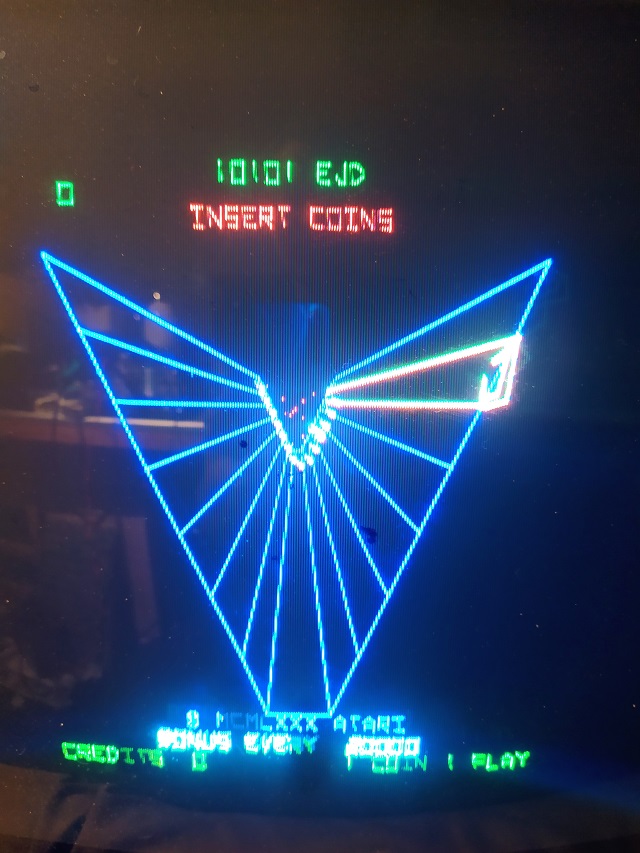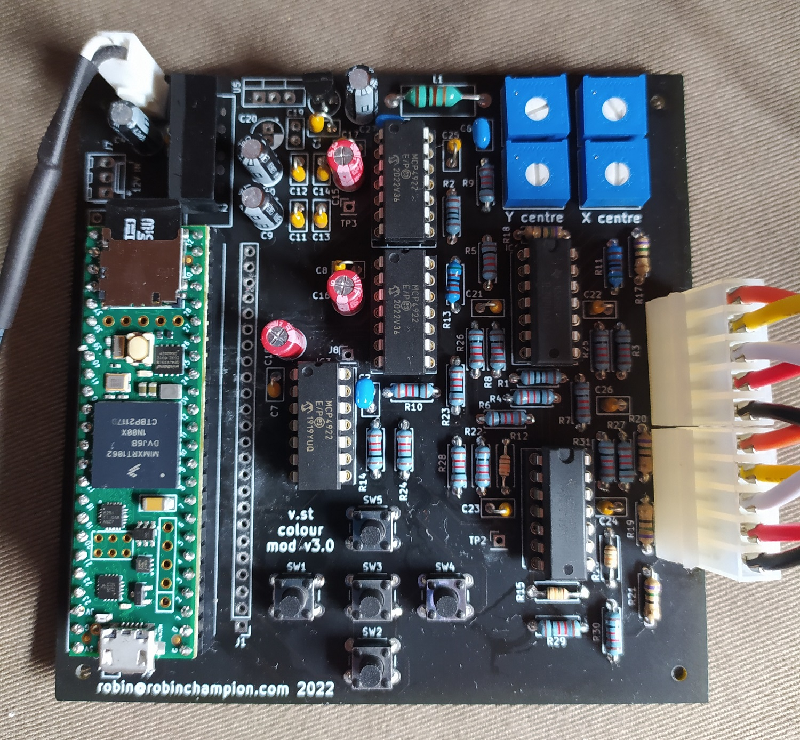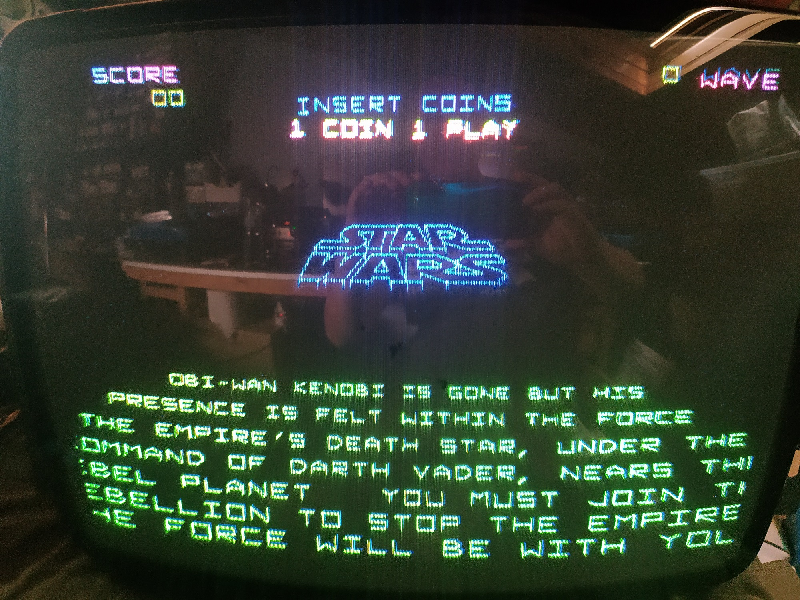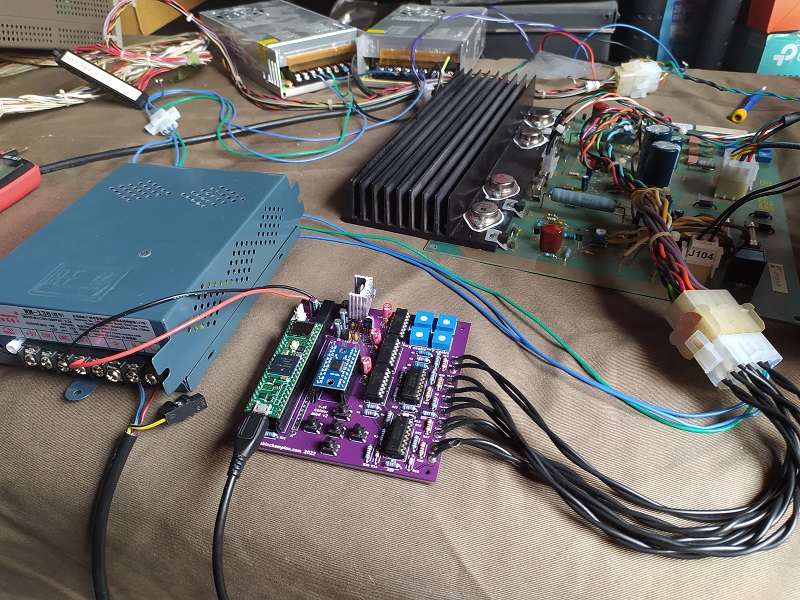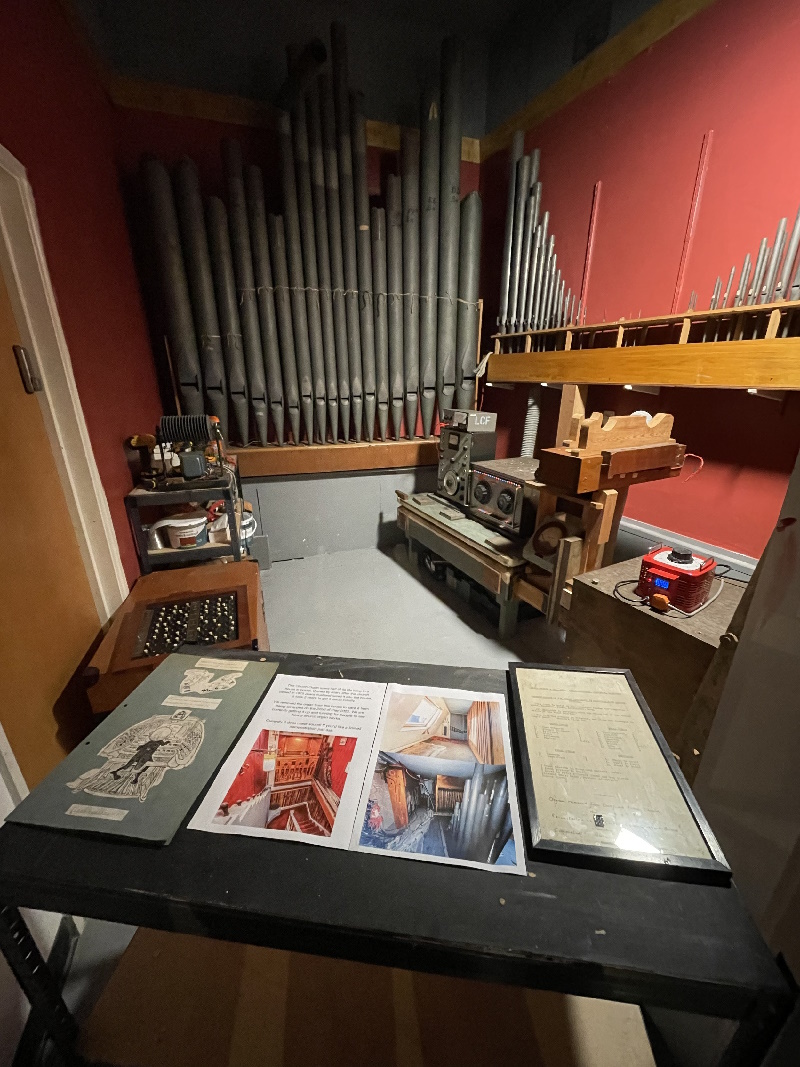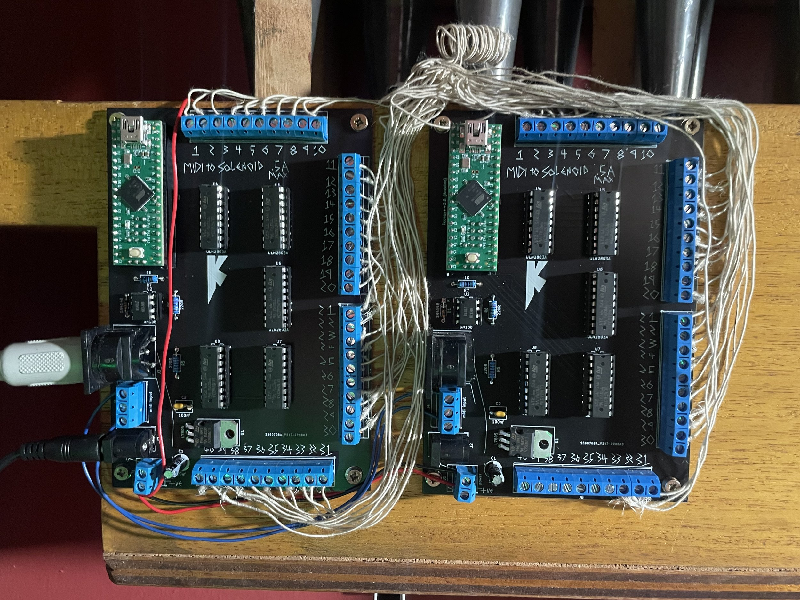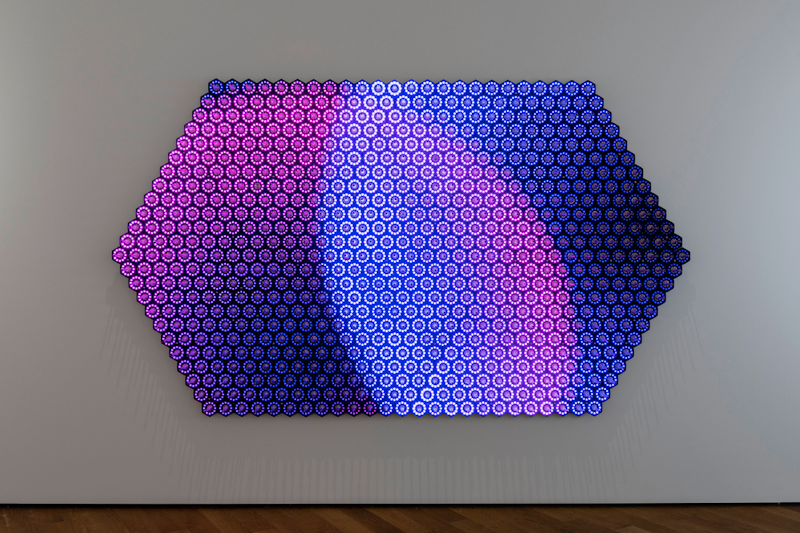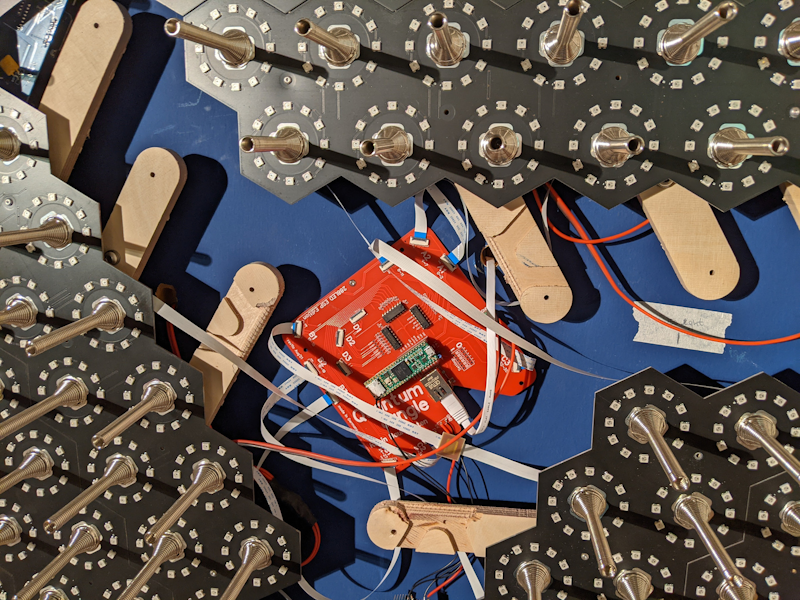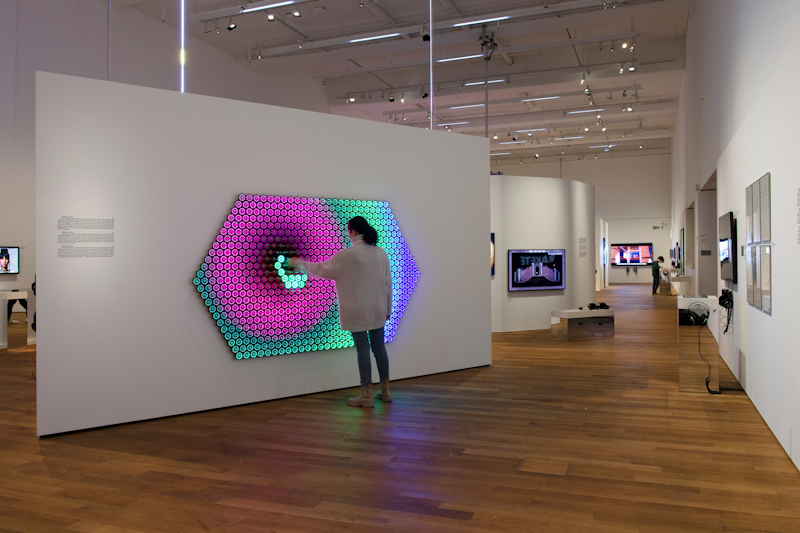If you’re familiar with songs like Daft Punk’s Digital Love, then you’re familiar with the way a vocoder can transform the human voice by isolating and filtering multiple frequency bands which can then have their pitch manipulated by a synthesizer.
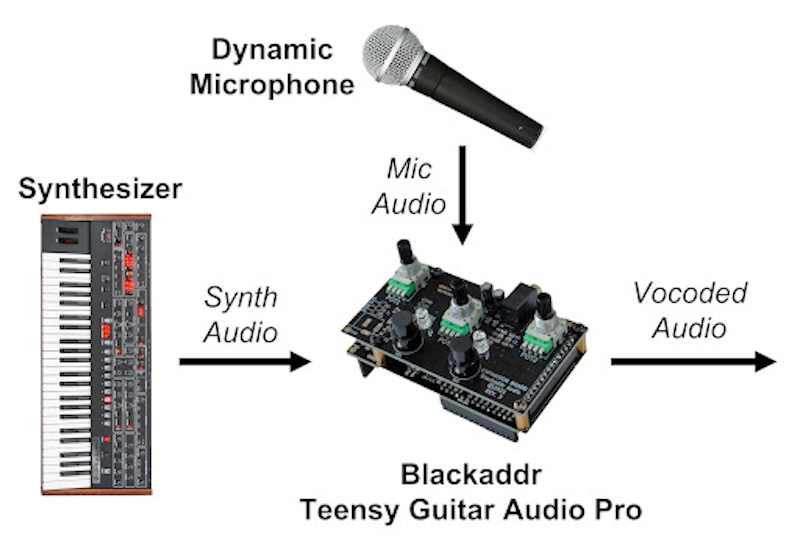
Synth hacker Chip Audette was curious about using one, so he made his own 16-band vocoder, based on the Teensy 3.6-powered Blackaddr Teensy Guitar Audio Pro.
Chip provides an excellent blog post complete with background on how vocoders work, as well as how he applied this hardware theory to his Teensy software, based on the Teensy Audio Library and Blackaddr’s BALibrary.
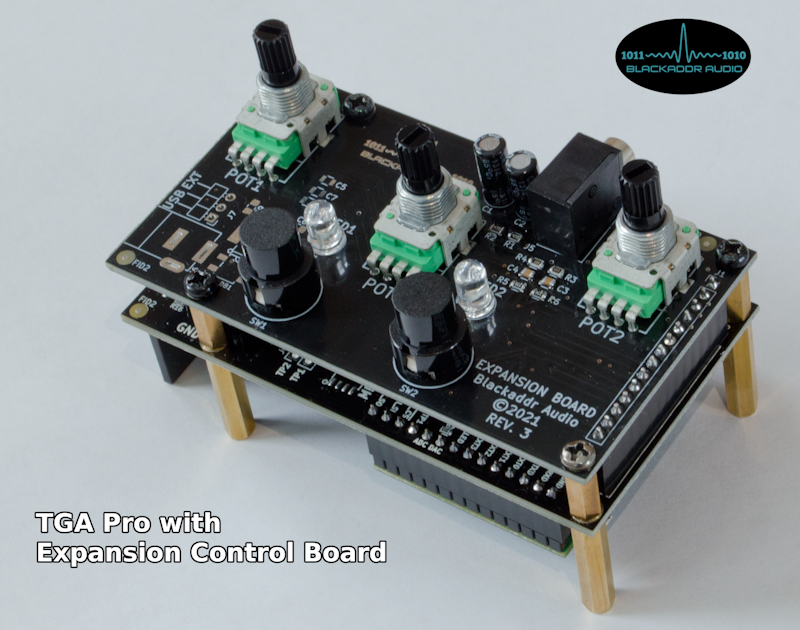
The resultant sketch is available on GitHub, though the author suggests it be used as more of a starting point, since many of the choices he made (such as filter frequency bands) were arbitrary. A fun demonstration of his results can be found in the video below.
